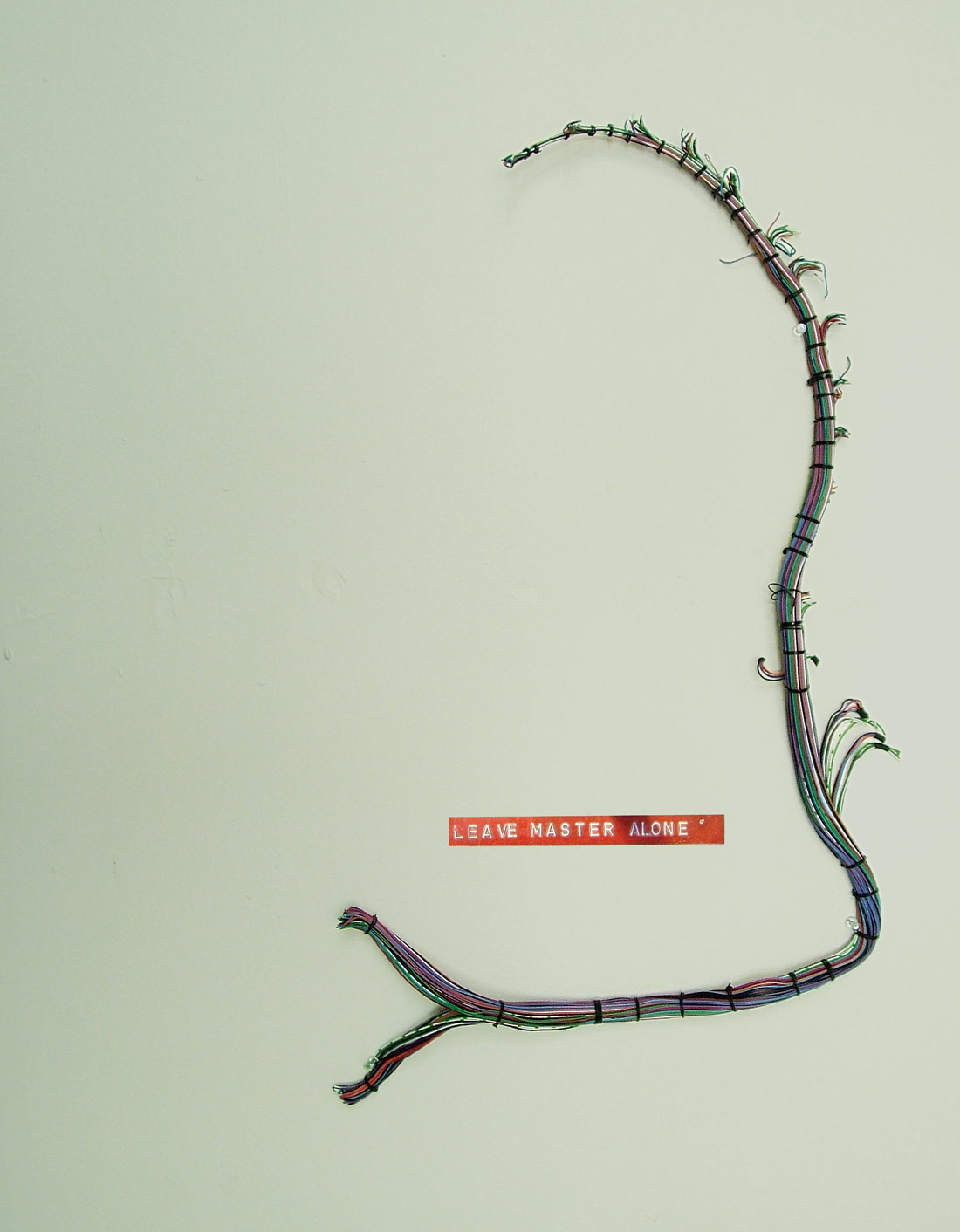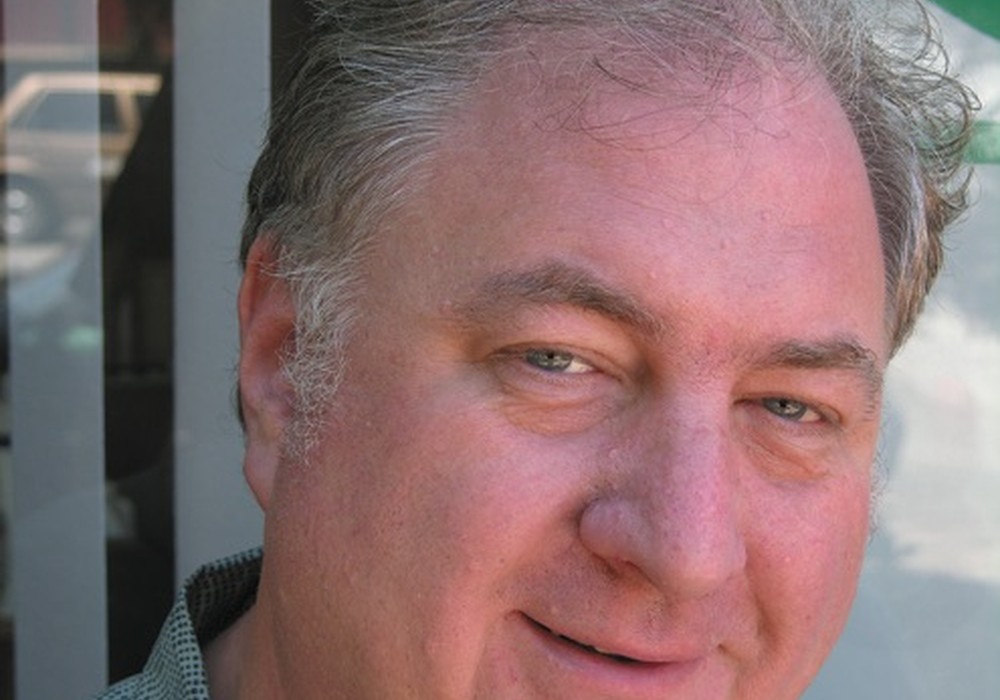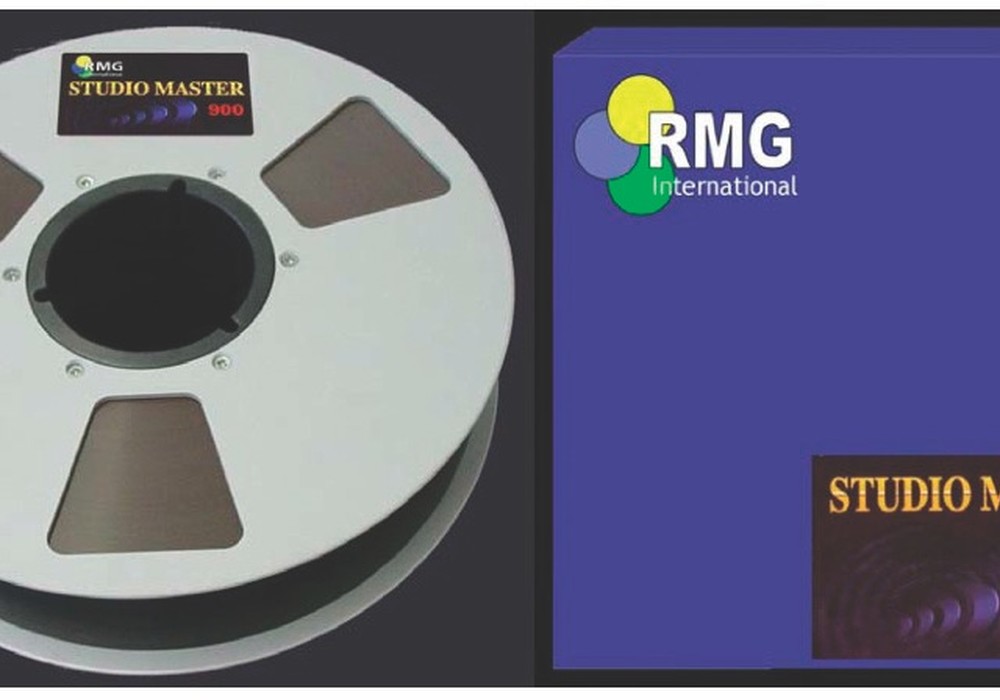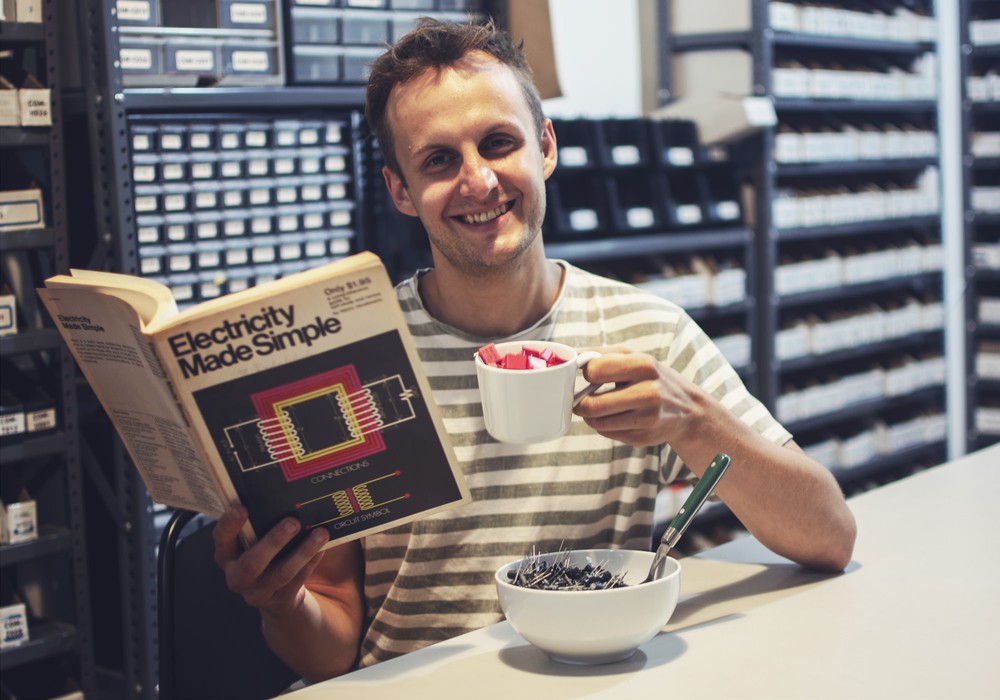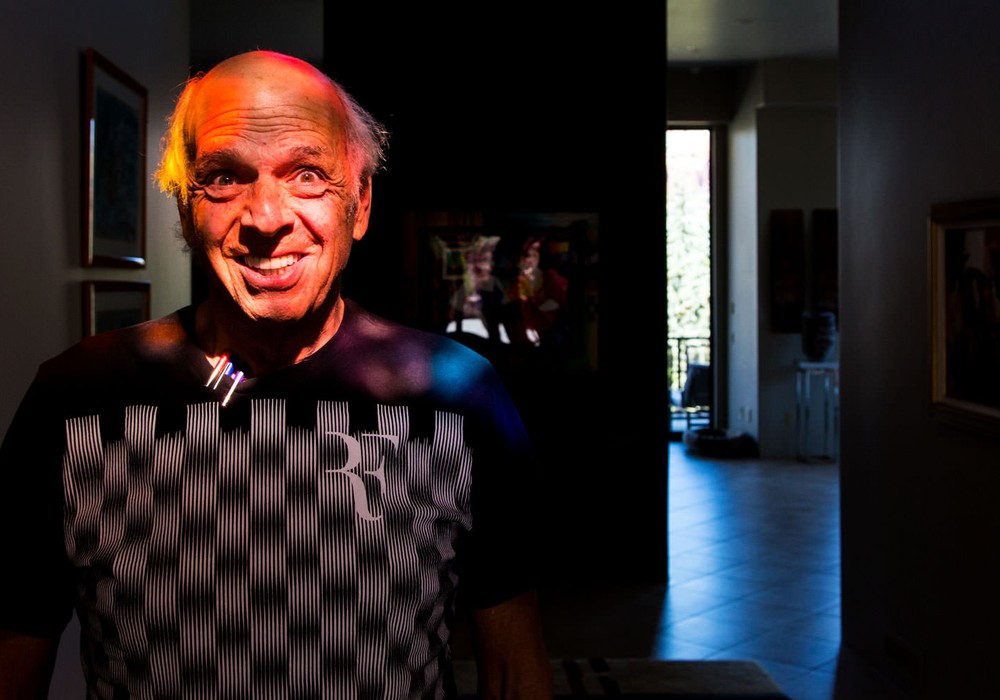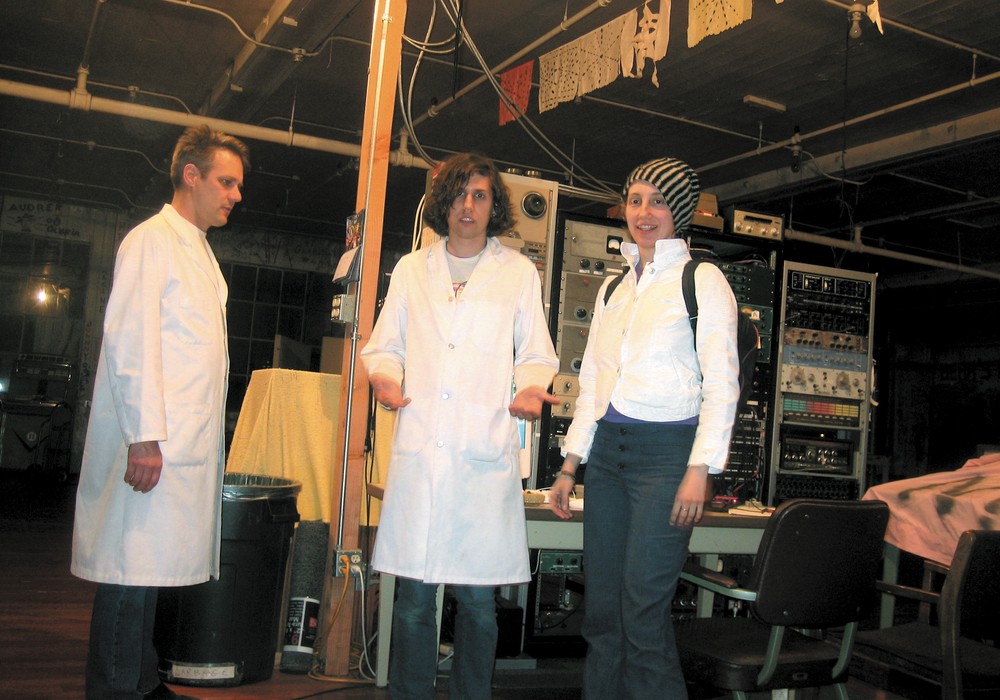By far one of the most revered and imitated microphone preamp/equalizers is the Neve 1073, originally released in the early 1970s as the main channel module in the infamous 80 Series consoles. There were other compatible modules that came first, such as the 1063/65/66/67 and 1070, but nothing has captured the ears and hearts of today's recordists like the 1073. This preamp/EQ is a near perfect culmination of design that resulted in a big, iconic sound that has helped shape the tone popular music. Deservedly, the name Rupert Neve (issue #26) is one of the most respected in the field of recording equipment designers.
Inside a 1073
The Neve 1073 modules consist of three main features: a mic preamp, a line amp and a three-band EQ section with a hi-pass filter. In original 1073s, the mic preamp and the line amp have separate, and differently designed, input transformers that are essential to the big, musical sound. A transformer is a device that transfers electrical energy from one circuit to another through inductively coupled wire coils. Transformers introduce a certain amount of coloration to audio signals, and the saturation characteristics of a transformer are determined by various factors, including the materials used and the winding structure of the coils. Neve's transformers are revered for the sonic girth and punch they add to whatever signal runs through them. In a British console in the '70s, the balancing of inputs and outputs was done with transformers, so you ended up with a separate mic input transformer and line input transformer. The sonics of the mic input transformer would be captured to tape and then the line input transformer would add it's own magic during playback and mixing. This cumulative layering of color on every track is a big part of what makes a record tracked and mixed on a vintage Neve console sound the way it does.
Orphans
In the early 1990s, as affordable digital recording gave rise to countless project and home studios, people realized the value of taking a Neve preamp or two out of a console and racking them up for home use. Smaller companies like Brent Averill Enterprises (BAE) started to do just this, selling original Neve modules racked up with proper power supplies. They also discovered that another multi-purpose line amp module in the 80-series consoles, the acclaimed and often misunderstood 1272, could be modified to act as a mic preamp that contained nearly the same guts as a 1073 (more on the 1272 in a bit). Modules that were once members of large families were, in a word, orphaned.
Clones
It was only a matter of time before companies, like AMS Neve, BAE, Chandler Ltd. (issue #46), Shep Associates, Vintech and more, started building Neve- inspired preamps and EQs, and we quickly entered what Bob Power (owner of an amazing array of orphaned Neve modules, see issue #60) calls "the second golden age of pro audio." Transformers were still being manufactured by Carnhill (after changing its name from St Ives) or they were being copied and manufactured to vintage specs, complex EQ switches were being soldered by hand and classic circuits were studied and re-created to bring us that vintage Neve sound. When you buy a clone of the 1073, you're getting all of the features, components and build- quality of the original. And, as you might guess, clones are expensive, ranging from about $2500 on up toward $4000/channel. Serious stuff.
Imitation
Soon, a number of companies jumped on the coattails of all this Neve enthusiasm and, by changing and/or eliminating various features of the original designs, started to sell more affordable Neve imitations. One could now buy a preamp that sounded more or less like a Neve for under $1500 per channel. These are the units I'm focusing on here. One obvious way to cut cost is to eliminate the EQ section, leaving the user with a simple Neve-style mic preamp and DI. Another strategy is to eliminate the line amp's transformer and electronics path by routing line level signals through the mic input with a pad (BAE), by reverse wiring the mic input transformer (Vintech), by eliminating the line amp transformers (AMS Neve) or just skipping line inputs entirely (JC). Still another way to drastically cut costs is to use less-expensive transformers, switches, wire and capacitors. These component downgrades will impair the sound of Neve-style circuits, but have also allowed companies like Golden Age and Chameleon Labs to offer truly affordable Neve-style preamps. In turn, these affordable units have led to some very successful and commercially available modifications (ZenPro, CL). I've done my best to help you see under the hood of these units in order to make the most informed decision you can about what you're actually purchasing. Think about how you work and what you need. If...
